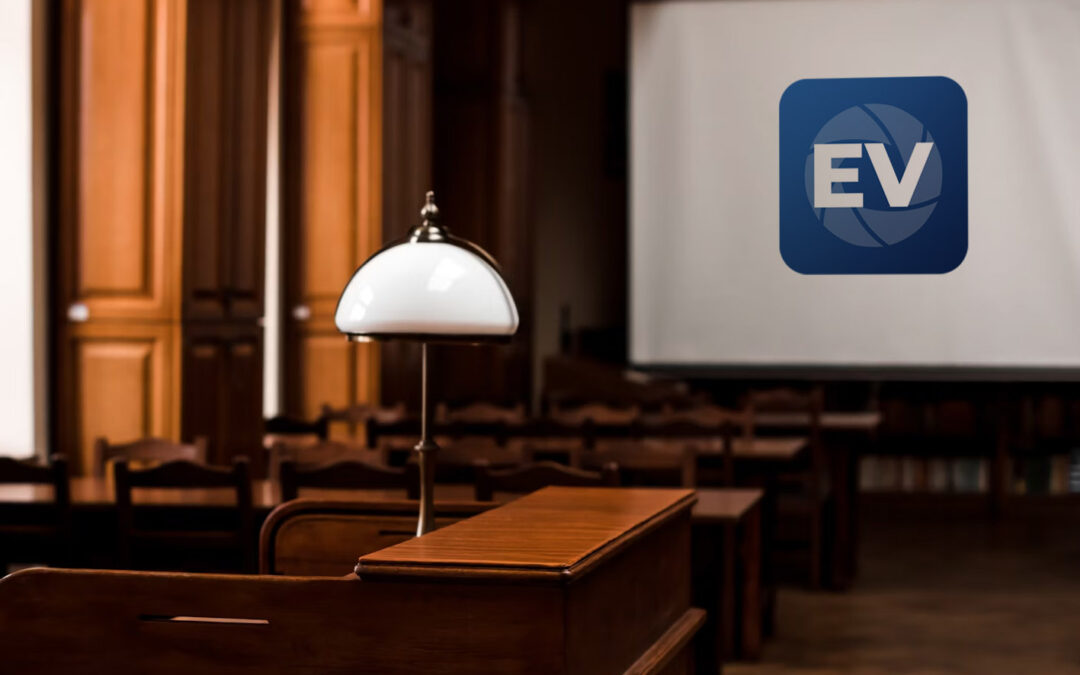Exactly How Test Presentations Enhance Your Argument and Encourage Jurors
Trial discussions work as an essential device for enhancing lawful debates and persuading jurors. By incorporating aesthetic aids, narrative structures, and emotional involvement, attorneys can produce an engaging instance that resonates on several degrees. The critical use visuals not just clears up complicated details but also catches jurors' focus better than words alone. Nevertheless, the art of narration plays a just as crucial function in transforming accurate proof right into an engaging story, forming jurors' assumptions - trial presentations. Understanding these elements can considerably impact trial outcomes, raising the question of how each part adds to this detailed dynamic.

Relevance of Aesthetic Aids
Visual aids play an essential role in enhancing the performance of test presentations, as they can considerably enhance audience involvement and retention of details. In the context of a trial, where jurors are tasked with processing facility details, visual aids serve to simplify and clear up essential factors. Charts, charts, and images can communicate data and concepts that may otherwise overwhelm or puzzle jurors, permitting a much more uncomplicated understanding of the evidence provided.
Additionally, visual aids aid in keeping juror attention throughout the process. By breaking the uniformity of spoken testimony, these devices can punctuate crucial debates, making them a lot more unforgettable. Effective aesthetic aids can likewise evoke emotional responses, which can be essential in persuading jurors to straighten with the presenter's story.

Crafting Engaging Stories
A compelling narrative is necessary in trial presentations, as it acts as the backbone of efficient persuasion. It allows attorneys to weave together truths, proof, and psychological elements right into a systematic story that resonates with jurors. This narrative structure makes it possible for jurors to understand the complexities of the case while assisting them via the attorney's argument.
To craft a compelling narrative, attorneys should focus on clarity and comprehensibility. In addition, the usage of brilliant descriptions can create mental photos that aid jurors visualize the events, making the narrative much more remarkable.
Furthermore, integrating crucial themes throughout the discussion enhances the core message and help in retention - trial presentations. The narrative should not just share details however additionally stimulate a feeling of justice, highlighting the stakes entailed. Eventually, a well-constructed story promotes a connection between the jurors and the instance, placing the attorney's disagreement as both trustworthy and compelling, thereby increasing the chance of a favorable judgment

Engaging the Court Emotionally
Reliable jury interaction depends upon the attorney's capacity to get in touch with jurors on a psychological degree. This connection can dramatically impact jurors' understandings and their ultimate decision-making. Using psychological appeals enables lawyers to humanize the instance, about his transforming abstract legal principles right into relatable experiences. By presenting real-life tales or endorsements, attorneys can evoke compassion and concern, fostering a deeper understanding of the problems at risk.
Aesthetic Continue help, such as pictures or videos, can further enhance emotional interaction, supplying jurors with dazzling depictions of the instance's human components. Crafting a story that highlights the battles and accomplishments of the people entailed makes certain that jurors see past the lawful debates and identify the human effects of their choices.
An attorney's enthusiastic shipment can resonate with jurors, enhancing their emotional financial investment in the situation. It's important to stabilize emotional appeals with accurate evidence, making certain that jurors feel urged to act while staying grounded in the reality.
Structuring Your Presentation

The body of the discussion should be realistically fractional right into key points, each supported by engaging proof. It is advantageous to utilize narration strategies to weave facts into a narrative that jurors can quickly adhere to. Aesthetic help, such as graphes and video clips, can enhance comprehension and interaction, assisting to highlight important items of proof.
Real-World Study
Examining real-world case researches gives very useful understandings into try this the art of test presentations and persuasion. The defense group effectively used a strategy that integrated top-level professional testaments with multimedia discussions, which mesmerized jurors and eventually influenced their choice.
One more significant instance is the "McDonald's Coffee Instance," where the plaintiff's attorneys utilized visuals images of the injuries endured by Stella Liebeck. trial presentations. This plain visual evidence played a vital role in conveying the extent of her burns, causing a considerable jury honor. Such cases demonstrate that impactful trial discussions commonly depend upon the reliable combination of visuals and narration to stimulate psychological reactions from jurors
Additionally, the "Casey Anthony Test" highlighted the relevance of narrative comprehensibility and credibility. The prosecution's failure to develop an engaging timeline diminished their persuasive power, highlighting the requirement of a well-structured discussion. Analyzing these cases reveals that successful trial presentations require strategic planning, psychological interaction, and the ability to reverberate with jurors' values and ideas.
Final Thought
Test presentations considerably enhance disagreements and persuade jurors through the strategic usage of visual help, engaging stories, and psychological involvement. A well-structured presentation balances psychological appeals with factual proof, eventually resonating with jurors' values.